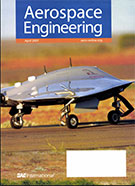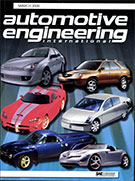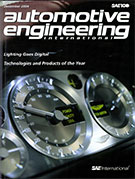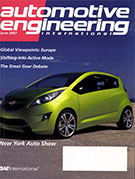Magazine

Aerospace Engineering 2007-04-01
2007-04-01
Supporting nest-gen propulsion The need for advanced computational and communication systems on board military aircraft make fuel cells an attractive propulsion alternative, and ample access to hydrogen a necessity. Aerospace industry seeks material returns Better use of materials data can pay off for aerospace designers. Transatlantic testing program for the F-35 Europe gets its most comprehensive-ever military airframe test facility.



















